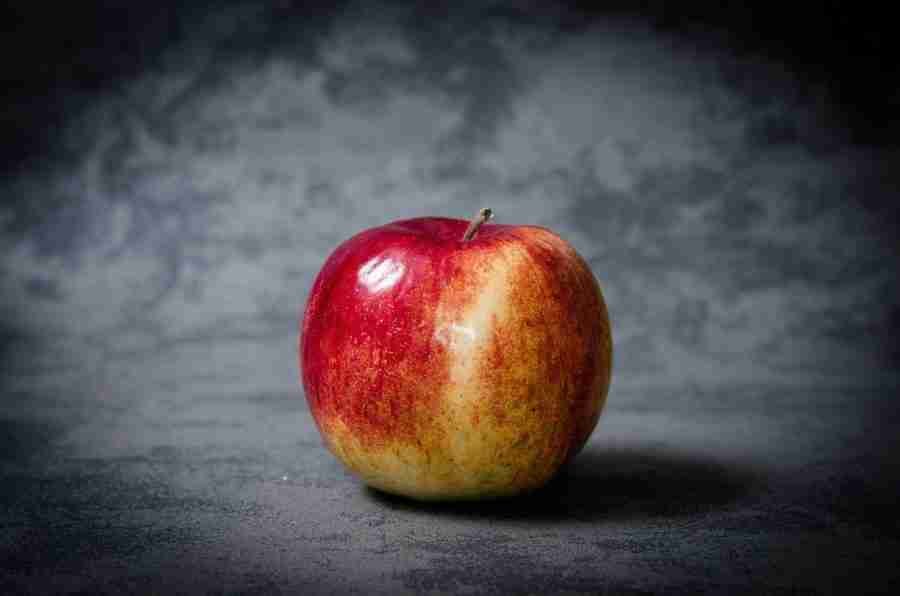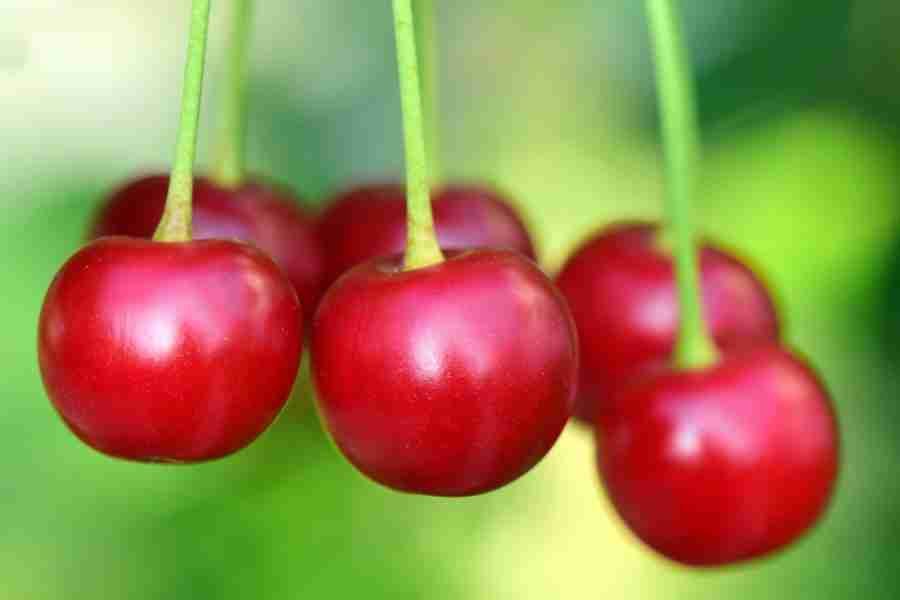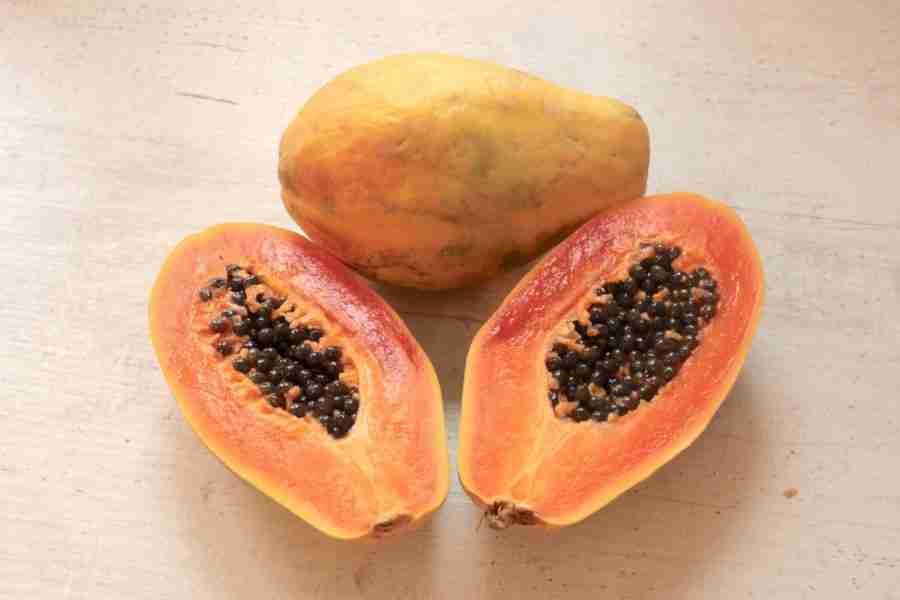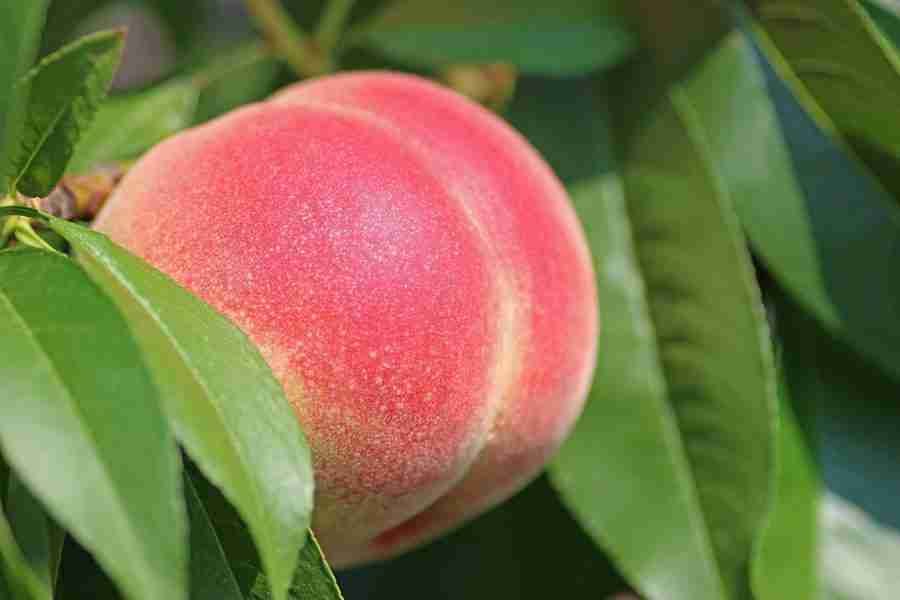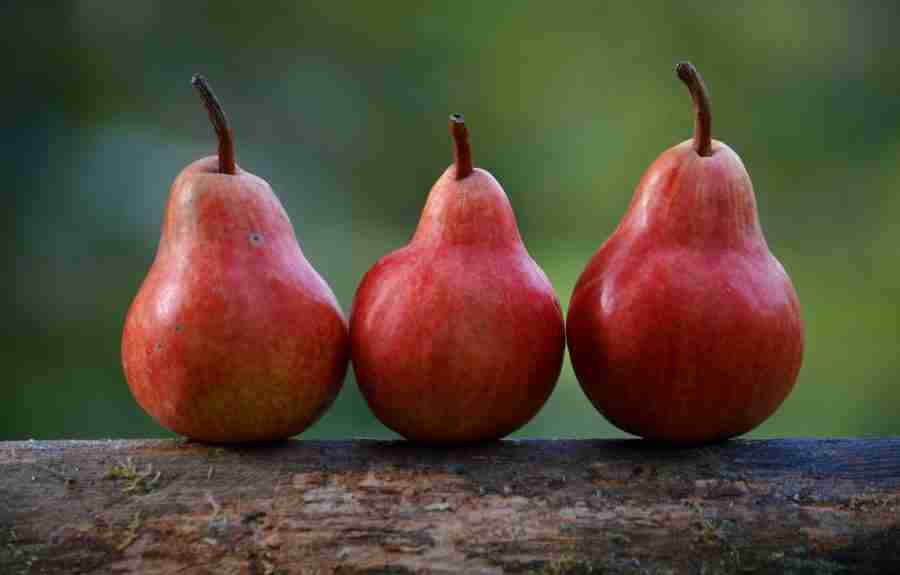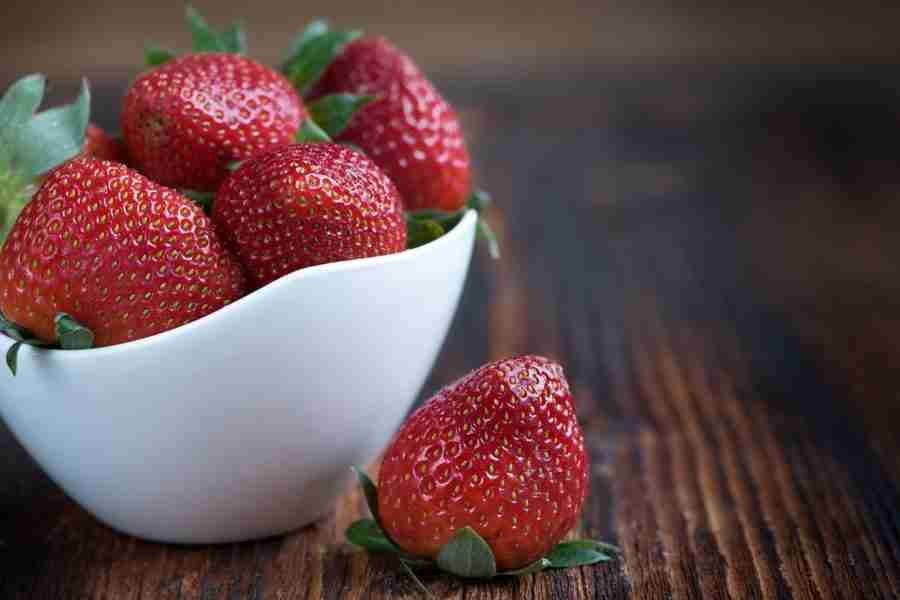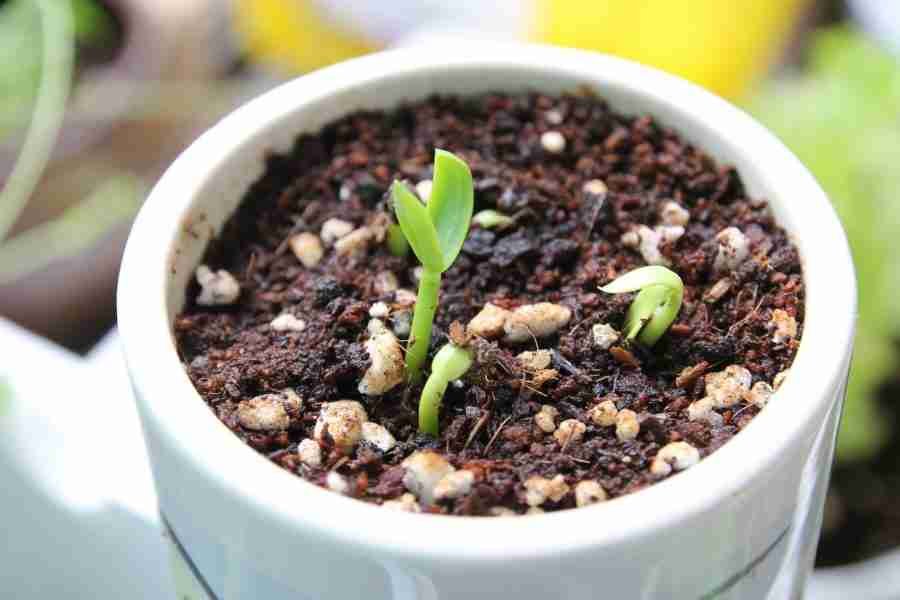Episode 005 What Does A Detox Program Involve?
SUMMARY KEYWORDS
work, body, detoxification, clients, journey, process, experienced, onboarding process, regenerative, achieve, symptoms, starting, lifestyle, create, bilateral, thyroid glands, maintain, answered, call, detox program
SPEAKERS
Vanda Maria
00:00
Hello, everyone, Vanda Maria of Raw And Well, today, I’m here answering a question. And I hope it will be helpful on your journey.
And so the question is, what does a detox program involve? Okay, so this question could be answered in many different ways.
And the first thing I’m going to say it, it’s gonna depend right? On the person that you’re working with the professional you’re working with.
So I’m going to speak for myself, and, you know, others will work with their clients in a different way, right, even though they might be using the same modality.
And they might have learned from the same people or person whose modality were putting forward, right.
And so that’s the basis of an it’s the knowledge that we have, how we work with our clients is going to depend how we experienced our own journey, how many clients we’ve worked with, and how much we learn from each client that we work with.
And that going forward, we change things up and kind of learn from our mistakes, our experiences with others, and kind of, you know, use that going forward.
And so for me, what a detox program involves, is really, you know, going through an onboarding process, that’s how things get started, right.
And the first time I speak to my clients, I ask them certain questions, that’s usually during, like, what we call a, a quick call that we have, that we put in place that’s free, right, and we call it a discovery call, right?
And we kind of find out where the person is, and what they’re looking to do. But the onboarding process, the way I work with my clients is always going to be the same, I’m going to need a few things.
Information wise, just like any other practitioner, or even a doctor, right would require from you to initiate to start the process to see what’s going on, right.
And so when you want to work with me, there’s two things that I do that are really important as I send out a health questionnaire that needs to be filled out, and signed and sent back to me, right. And along with that, is also photos of both your right and left thigh.
And I send instructions on how you could achieve that, right. And then that gets submitted to me as well. And I take those two things.
And for me, it’s like putting the puzzle pieces together combining the two which is symptomology.
And the other one is a tool that we use to see what’s going on in your body, right, your cells, the your lymphatic system, your digestive system, all of our different systems, right, and all our different organs and glands, we could see through the iris of our eye.
And of course, since we’re bilateral beings, we need both the right and the left side.



